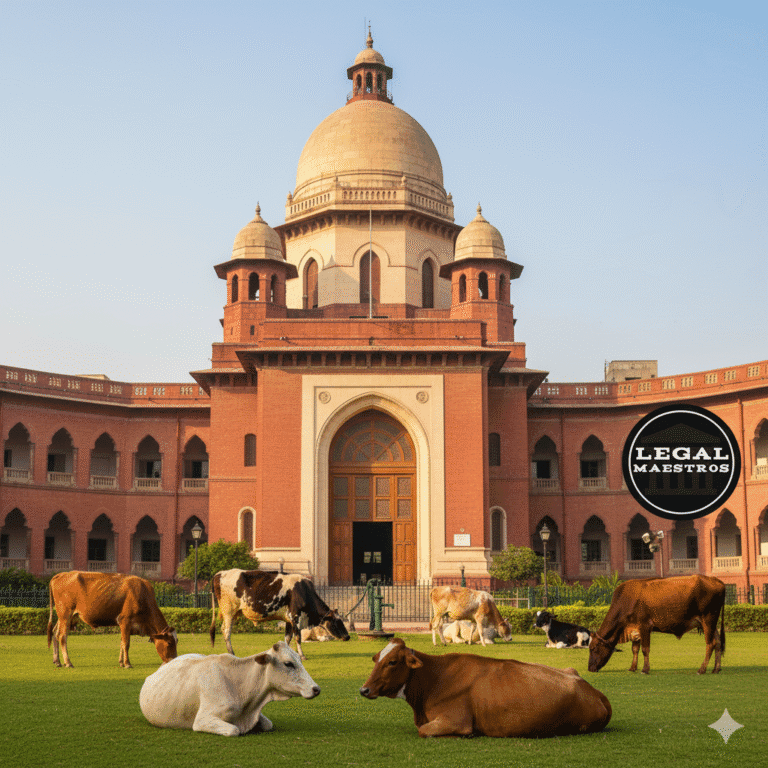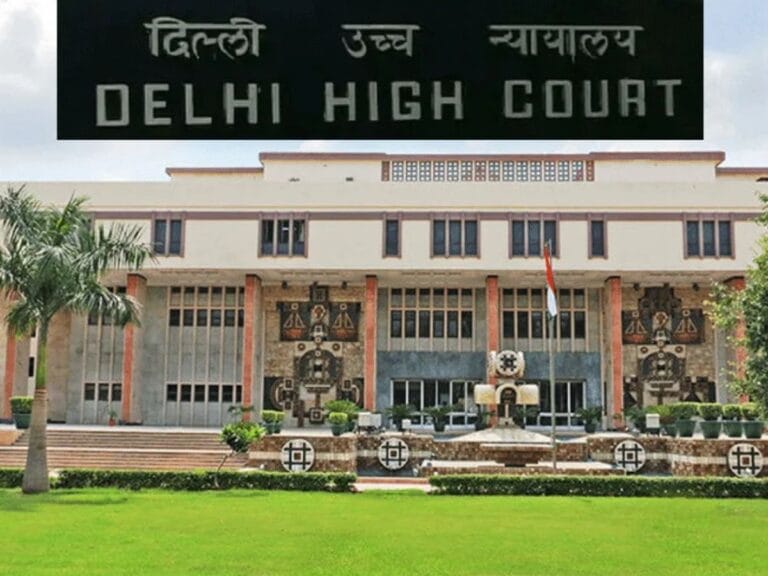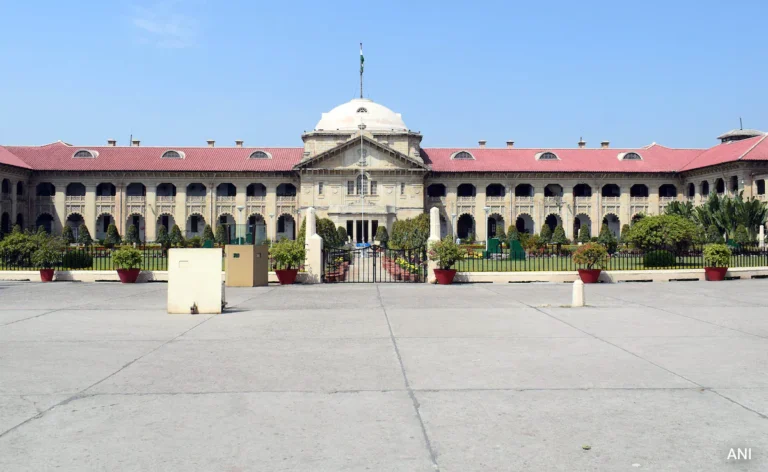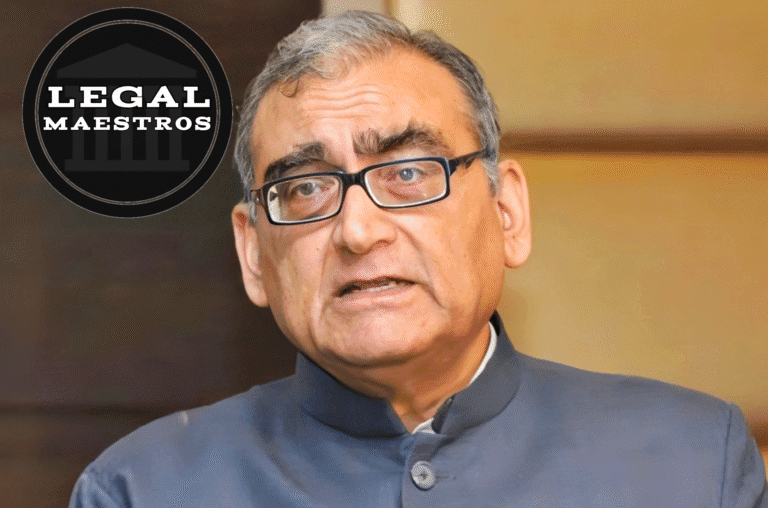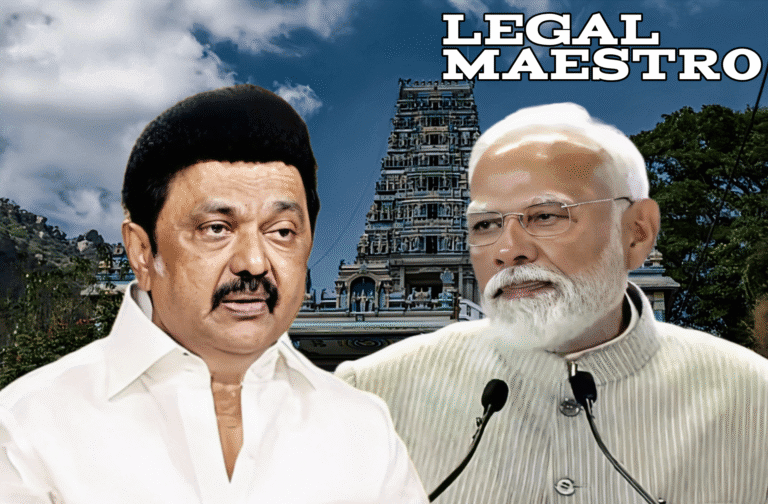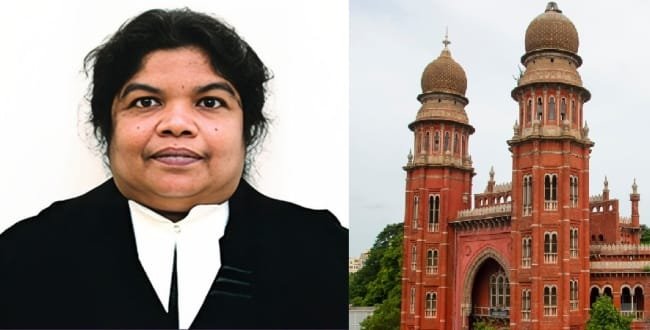
The sanctity of the democratic elections cannot be compromised and the legality of the processes of solving the complaints is vital to the public perceptions. In Chetan Chandrakant Ahire v., which was conference in December 2018 by the Bombay High Court. Union of India and others. A valuable lesson in terms of the possibilities of writs jurisdiction in election cases can be found in (WP1402_25.DOC, decided on June 25, 2025) stating the following: This one was a case of challenging the whole elections of Maharashtra State Legislative Assembly, posing major questions regarding the judicial interference, statutory remedies of a case and the rights of individual citizens in an electoral setup. Essentially, the High Court in its decision rendered by Justice G. S. Kulkarni and Justice Arif S. Doctor undertook the maintainability of the petition and in the process affirmed the legal framework already set within the legal place of dispute in electoral elections.
First facts of the case:
It happened with the petitioner, Mr. Chetan Chandrakant Ahire, a voter belonging to the Vikhroli-Mumbai constituency, who came up with a writ petition under Article 226 of the Indian Constitution. The petition was in search of wide-ranging reliefs, where the key issue was the challenge of the legality of the elections to the Maharashtra State Legislative Assembly which took place on November 20, 2024 and the results of which were declared on November 24, 2024. It was in the heart of the petitioner that whilst claiming that there existed some illegality over an issue of about 76 lakh votes amounting to 6.80 % of the total votes supposedly received after 6:00 PM on the day of polling, The petitioner argued that the Election Commission of India (ECI) did not have the relevant figures for these votes thereby, in his words, making them illegal.
This statement was based on information received from a third party, Mr. Venkatesh Nayak, in a Right to Information (RTI) application. The RTI reply showed that ECI lacked details of pre-numbered slips given to voters who were in queue at the time of poll close (6:00 PM) and who cast their votes. The petitioner maintained that lack of such vital data was a steady sign of illegal votes, hence vitiating the total election procedure and indicating any lapse in the working of ECI to perform its constitutional duty in managing free and fair elections.
For any queries or to publish an article or post or advertisement on our platform, do call at +91 6377460764 or email us at contact@legalmaestros.com.
The Contents and Reliefs Seeked by the Petitioner
The learned counsel for the petitioner Mr. Prakash Ambedkar had made voluminous arguments. He argued that the missing record of votes that occurred after 6:00 PM was a form of fraud per the Constitution and it had corrupted the purity of the election process. NA NAT006902BR The petitioner had prayed for a host of reliefs before the High Court. These were orders to the ECI to give detailed accounts regarding tokens issued and votes polled past particular times (5:00 PM and 6:00 PM), a determination that the whole election procedure was invalid and unlawful because of failure to adhere to the applicable legal provisions and procedural gaps, and withdrawal of election certificates issued by returning officers.
Moreover, the petitioner had also asked for a declaration that some of the guidelines issued by ECI, requiring Returning Officers to report situations of mismatch between polled and cast votes to ECI, rendered the powers of this office under Rule 56D of the Conduct of Election Rules, 1961 inoperable until instructions were issued. Another important prayer was the declaration of Rule 93(2) (a) of the Conduct of Election Rules, 1961 as arbitrary, unconstitutional and contrary to the principles of transparency. The petitioner further demanded an independent audit of EVMs and VVPAT machines, access to information about elections by citizens (such as CCTV footage and records of the vote counting processes), and a heavily guarded grievance redressal mechanism. Most importantly, the petitioner also requested the court to instruct a turnaround to the use of paper ballots as he complained about EVMs and the trust of the people.
The petitioner contended that the writ petition under Article 226 of the Constitution was the right remedy bearing in mind that an election petition under section 80 of the Representation of the People Act, 1951 (RP Act, 1951) was inadequate. He pointed out that polling officers to whom the irregularities were attributed could not in any way be brought as parties in an election petition hence the High Court should intervene under its extraordinary jurisdiction.
For any queries or to publish an article or post or advertisement on our platform, do call at +91 6377460764 or email us at contact@legalmaestros.com.
Objections to the Election Commission
Mr. Kumbhakoni the learned Senior Counsel appearing on behalf of the ECI, and DR. Warunjikar the learned counsel appearing on behalf of the Union of India, took the opportunity to file the preliminary objections against the maintainability of the petition. These were the main objections to them:
Firstly, they contended that it is a constitutional and statutory bar on election challenges except in the mode so mandated by the law. They referred to Article 329(b) of the Constitution which does not allow the courts to exercise their disturbance over the premises of electoral proceedings, and Part VI of the RP Act, 1951 (Section 80), as an independent code, which embraces disputes over elections.
Secondly, its challenge was on the locus standi of the petitioner. Being a voter in only one constituency who was not a candidate in the elections, the petitioner, they asserted, did not have a necessary standing under the law to review the outcomes of the election in all the 288 constituencies of the entire state.
For any queries or to publish an article or post or advertisement on our platform, do call at +91 6377460764 or email us at contact@legalmaestros.com.
Thirdly respondents argued that the petition had no good cause of action. They argued that the petition was pegged on vague ambiguous and controversial facts with no direct legal injury to the petitioner pegged solely on newspaper reports and the information that a third party had attained under the right to information process.
One of the major exceptions about the petitioner was the fact that he did not file a petition of justice to the ECI or any other body concerning his grievances before moving to the High Court with a writ of mandamus. To do this they mooted, they said, was not according to established doctrines of law, which regulate the granting of such writs.
Lastly, the respondents indicated that no candidate had offered an election petition on an identical basis implying that one petitioner could not come up with such a wide petition. They further indicated that the writ petition was indicated after the elapse of the 45 days limitation period to file an election petition under RP Act 1951.
For any queries or to publish an article or post or advertisement on our platform, do call at +91 6377460764 or email us at contact@legalmaestros.com.
The analytical story of the Court: Sustainability and Justice Thirst
In the analysis made by the High Court, much of the objections made by respondents were agreed to. The court looked at the issue of maintainability first i.e. on the prayers of a writ of mandamus. A principle of law well settled was stressed in the court to the effect that a litigant has to first address his case of justice sought to the authority concerned before approaching the extraordinary jurisdiction of the High Court under Article 226 for a writ of mandamus. It was established before the court that the petitioner had indeed not come before the ECI with such demands prior to filing the petition. Based on previous cases of the Supreme Court, such as
Mani Subrat Jain vs. In the state of Haryana and Saraswati Industrial Syndicate Ltd. Vs. Union of India, the High Court had once again re-emphasized the principle that a writ of mandamus cannot lie unless there is an actual legal right, and a previous, distinct claim of justice which has been denied or not satisfied. The court is of the view that even this failure on its own constitutes valid grounds for dismissal.
The Constitution and Statutory Bar Analysis of the Court:
The court then proceeded to examine the constitutional and statutory system of judicial control of election disputes. It highlighted the importance of Article 329(b) of the Constitution which specifically prohibits the judiciary from interfering in matters of elections unless it is by way of an election petition filed in accordance with the provisions of the Constitution. The Representation of the People (Act) 1951, Part VI and Section 80 are a complete and self-contained code on challenges to elections. The High Court was equally categorical in that this machinery under the statutes cannot be bypassed through issuing extraordinary writ jurisdiction particularly when the cause refers to the action and outcome of an election. The court noted that giving consent to such a petition would deteriorate the sacredness of and set the protocol for contesting elections.
For any queries or to publish an article or post or advertisement on our platform, do call at +91 6377460764 or email us at contact@legalmaestros.com.
Analysis by the Court: Locus Standi and Legal Injury
Another important point in the reasoning of the court was the locus standi of the petitioner. The court also thought that it was absurd to the eye that a lone voter in one constituency of 288 constituencies in the state would want to overturn the results of an entire state. The court has underscored that, in order to invoke the extraordinary writ of jurisdiction, the petitioner ought to show that he/she has been subjected to legal injury. Here, the court discovered that there was not even a scar on any legal complaint and injury on the part of the petitioner. It was on the ground of extremely weak, feeble and inadequate pleas which amounted to nothing less than mere suspicion, apprehension and unsubstantiated newspaper reports or information through third-party RTI that the petition lacked any credible cause of action.
Analysis of the Court: What is the Right to Vote and Misuse of Process?
Petitioner had tried to reason that the irregularities were a violation of the fundamental rights to free and fair elections as guaranteed by the basic structure of the Constitution. This argument was strongly denied by the High Court. Referring to a decision of the Supreme Court on a worthwhile case prescribed by a three-judge bench, can you say it is good policy to follow the practice and maintain the rules?
In People’s Overall Union for Civil Liberties Vs. Union of India, the High Court repeated that the right to vote is not a fundamental right or constitutional right but only a statutory right. So, an incidence of grievance as regards voting irregularity could not ipso facto be committed to the highest standard of a violation of basic rights or the general structure of the Constitution. According to the court, these arguments were made baseless.
For any queries or to publish an article or post or advertisement on our platform, do call at +91 6377460764 or email us at contact@legalmaestros.com.
When it all came to a close, the High Court held that the petition was a gross abuse of the process of law. The court also highlighted that the petition had been willingly petitioned a long time after the announcement of results and after the legally required time to file an election petition and this clearly added strength to its stand that the petition was shaky and not procedurally correct.
The Bombay high court dismissed Chetan Chandrakant Ahire v. Union of India. It is a thorough reminder that there are a firm line at the level of judicial review on electoral issues. The case highlights some important laws or legal principles; that a person must first demand justice before an application seeking a writ of mandamus may be entertained; that election petitions are an exclusive remedy in case of an electoral dispute under the provisions of Article 329(b) and the RP Act, 1951 aside; that the application must prove locus standi and legal injury to exercise a writ of jurisdiction; and that the right to vote is a statutory right but not a fundamental one. The decision further supports the need for respectable established legal means of clearing grievances pertaining to the running of elections thus ensuring stability and sanctity of institutions of democracy.

